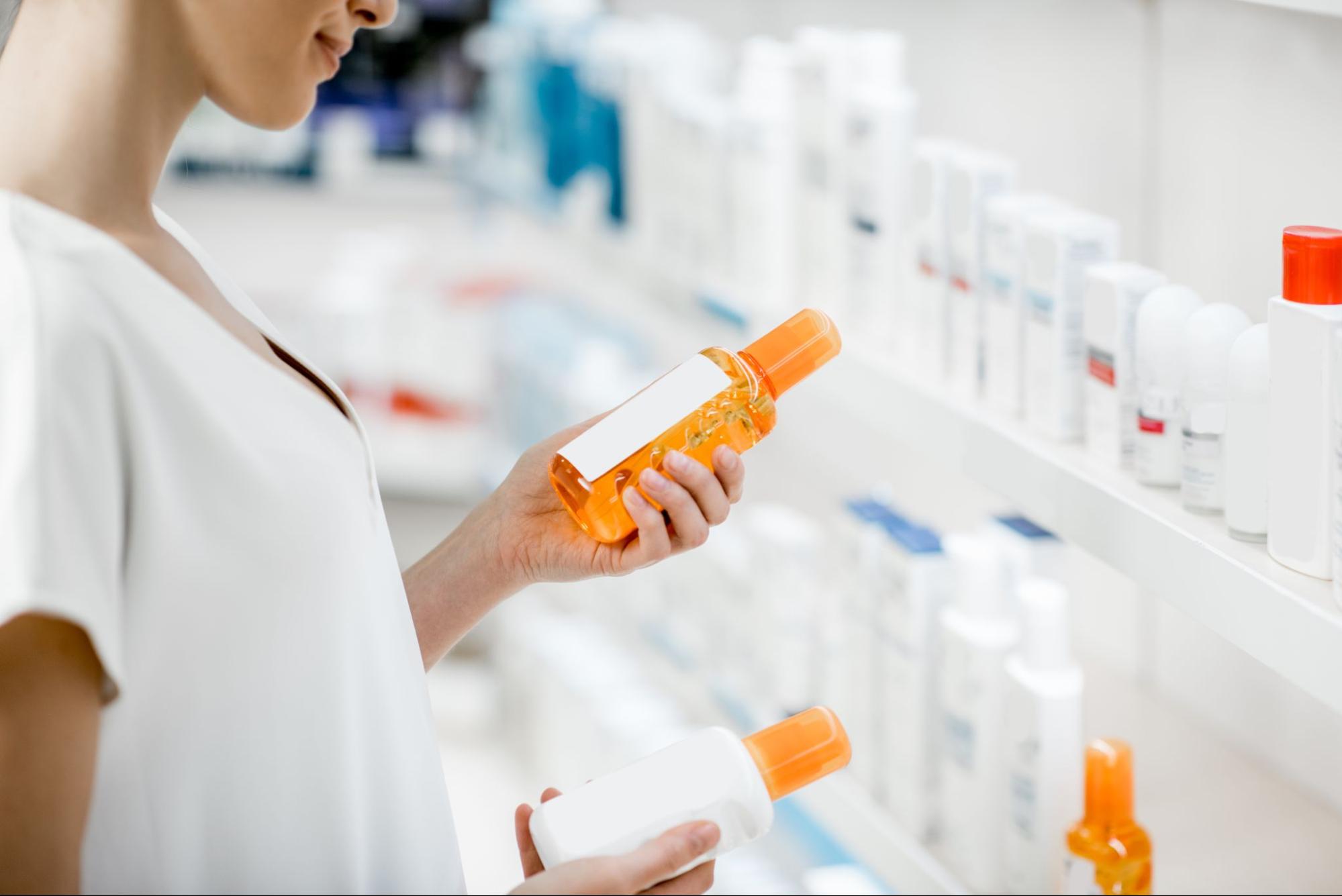When it comes to skincare, the importance of using sunscreen on a daily basis can often be overlooked. But in reality, sun protection is the most important skincare product you need to apply everyday. This is because sunscreen is your first line of defense against the harmful effects of UV radiation from the sun that can cause different skin problems.
However, with so many options on the market, how do you choose the right one for your skin? Understanding SPF and protection levels is key to making an informed decision. In this guide, we’ll break it down for you in simple terms, so you can keep your skin protected all year round.
Why Sunscreen Matters
Before we dive into the nitty-gritty of SPF and protection levels, let’s remind ourselves why sunscreen is crucial:
● Skin Cancer Prevention
Over-exposure to UV radiation from the sun is a leading cause of skin cancer — and one of the ways to reduce the risk is by applying sunscreen daily.
● Anti-Aging
Sun damage accelerates skin aging, causing wrinkles, fine lines, and age spots. Sunscreen slows down this process.
● Prevents Sunburn
Sunburn isn’t just painful; it’s a sign of skin damage. Sunscreen acts as a barrier, which lessens the risk of sunburn.
Related: 7 Reasons Why You Should Wear Sunscreen Everyday
Now, let’s explore the factors to consider when choosing the right sunscreen:
Understanding SPF (Sun Protection Factor)
SPF is a measure of a sunscreen’s ability to protect your skin from UVB rays, which are responsible for causing sunburn and other skin issues. Here’s what you need to know:
- SPF 15: Provides 93% protection against UVB rays.
- SPF 30: Provides 97% protection against UVB rays.
- SPF 50: Provides 98% protection against UVB rays.
It’s tempting to think that higher SPF numbers are better, but the difference in protection between SPF 30 and SPF 50 is minimal. The key is to apply sunscreen generously and reapply it every two hours when outdoors.
Related: Debunking 8 Myths About Sunscreen
Broad-Spectrum Protection
Besides SPF, look for the term “broad-spectrum” on the sunscreen label. This means the product protects against both UVB and UVA rays. UVB rays cause burning, while UVA rays contribute to premature aging and can penetrate clouds and glass.
Water Resistance
If you’ll be swimming or sweating, choose a water-resistant sunscreen. These products provide protection even when you’re in the water or perspiring heavily. However, it’s also worth noting that no sunscreen is entirely waterproof, so reapply after swimming or sweating.
Skin Type Matters
Consider your skin type when selecting a sunscreen:
- For Sensitive Skin: Look for a sunscreen labeled “hypoallergenic” or “sensitive skin.”
- For Oily Skin: Opt for a sunscreen with a matte finish or one labeled “oil-free.”
- For Dry Skin: Choose a sunscreen with added moisturizers, like hyaluronic acid or glycerin.
Other Benefits to Consider
Some sunscreens come with extra benefits:
- Tinted Sunscreen: These can act as makeup while providing sun protection.
- Spray Sunscreen: Easier to apply on hard-to-reach areas, such as the back.
- Mineral Sunscreen: Contains zinc oxide or titanium dioxide and is excellent for sensitive skin.
Check the Expiry Date
Like every skincare or cosmetics product, sunscreens have a shelf life. Using an expired product may not provide adequate protection and may increase tendencies of sunburn or skin cancer. Make sure to check the expiry date on the bottle before purchase or when you haven’t used a certain sunscreen for a long time.
How Much Sunscreen Should You Use?
According to a board-certified dermatologist, Dr. Caren Campbell, the recommended amount of sunscreen you need to apply on your face and body is 1 ounce or the size of a shot glass. Don’t skimp; applying too little reduces its effectiveness.
Choosing the right sunscreen for your skin doesn’t have to be complicated. Understanding SPF and protection levels is the first step. Aside from that, you just have to make it a part of your daily skincare routine. With the right sunscreen, you can enjoy the sun safely and keep your skin healthy and youthful for years to come.
Are you looking for Skincare Products in the Philippines? Visit our page! We have a variety of items for you to browse! Like our Facebook page for updates!

